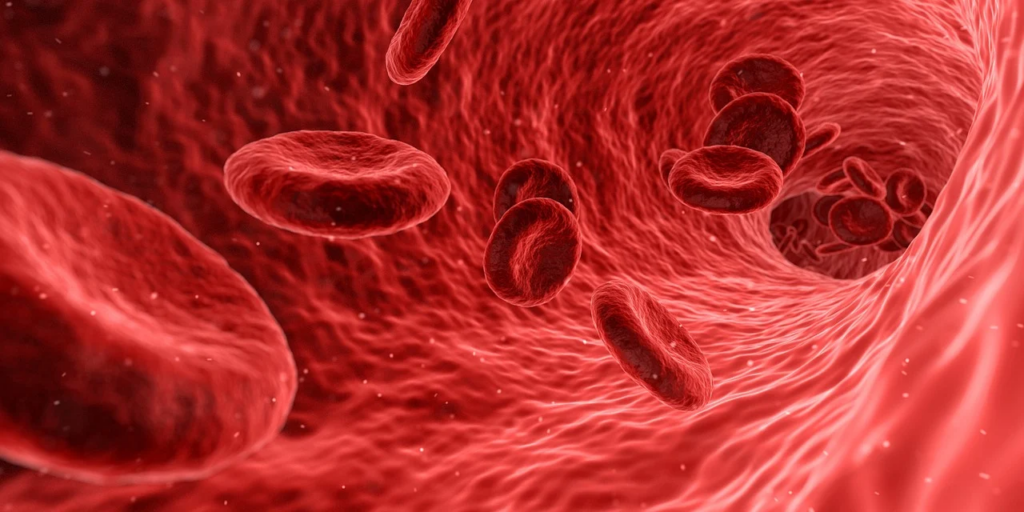Your feet might not be the first place you think of when you hear “heart health”, but they can tell you a lot about your cardiovascular system. Symptoms in your feet like pain, numbness, or swelling, could be indicative of serious heart problems or clogged arteries. Peripheral artery disease (PAD) and coronary artery disease (CAD) are two serious types of atherosclerosis that might manifest in your feet and signal restricted blood flow from plaque in your arteries.1
Understanding Peripheral Artery Disease (PAD)

Peripheral artery disease is when plaque build-up leads to clogged arteries, causing significant discomfort and limited mobility in your extremities (usually your legs and feet). According to the Cleveland Clinic, PAD leads to leg and foot pain, cramping, and in severe cases progress, limb loss. If you’re experiencing symptoms like difficulty standing for long periods or having frequent leg cramps, you should seek medical screening for PAD.
Read More: Common Heartburn Drugs Linked to Early Death, Study Claims.
Testing for Clogged Arteries

Identifying PAD early helps prevent serious complications. Physicians will check for it by measuring your pulse in your feet or by performing an ankle-brachial index (ABI) test. The ABI test uses ultrasound to compare the blood pressure in your ankle with the blood pressure in your arm, identify if there are any blockages or reduced blood flow further down the chain. If you have any family history of heart disease or PAD, or if you’re experiencing swelling in your feet or ankles, it could be a sign of clogged arteries or heart failure and warrants your immediate attention.
The Impact of Poor Circulation

Poor circulation can significantly affect your feet. Reduced blood flow deprives tissues of oxygen and nutrients which will lead to pain, numbness, tingling, and significantly slower wound healing. Plaque buildup creates clogged arteries, further restricting blood supply and contributing to PAD. Also, having weak heart function can cause peripheral edema, which results in swollen legs and feet. For diabetics, nerve damage from high blood sugar levels can make foot pain and numbness even worse, making it even more important to monitor and manage blood sugar levels.2
Preventive Measures for PAD and CAD




